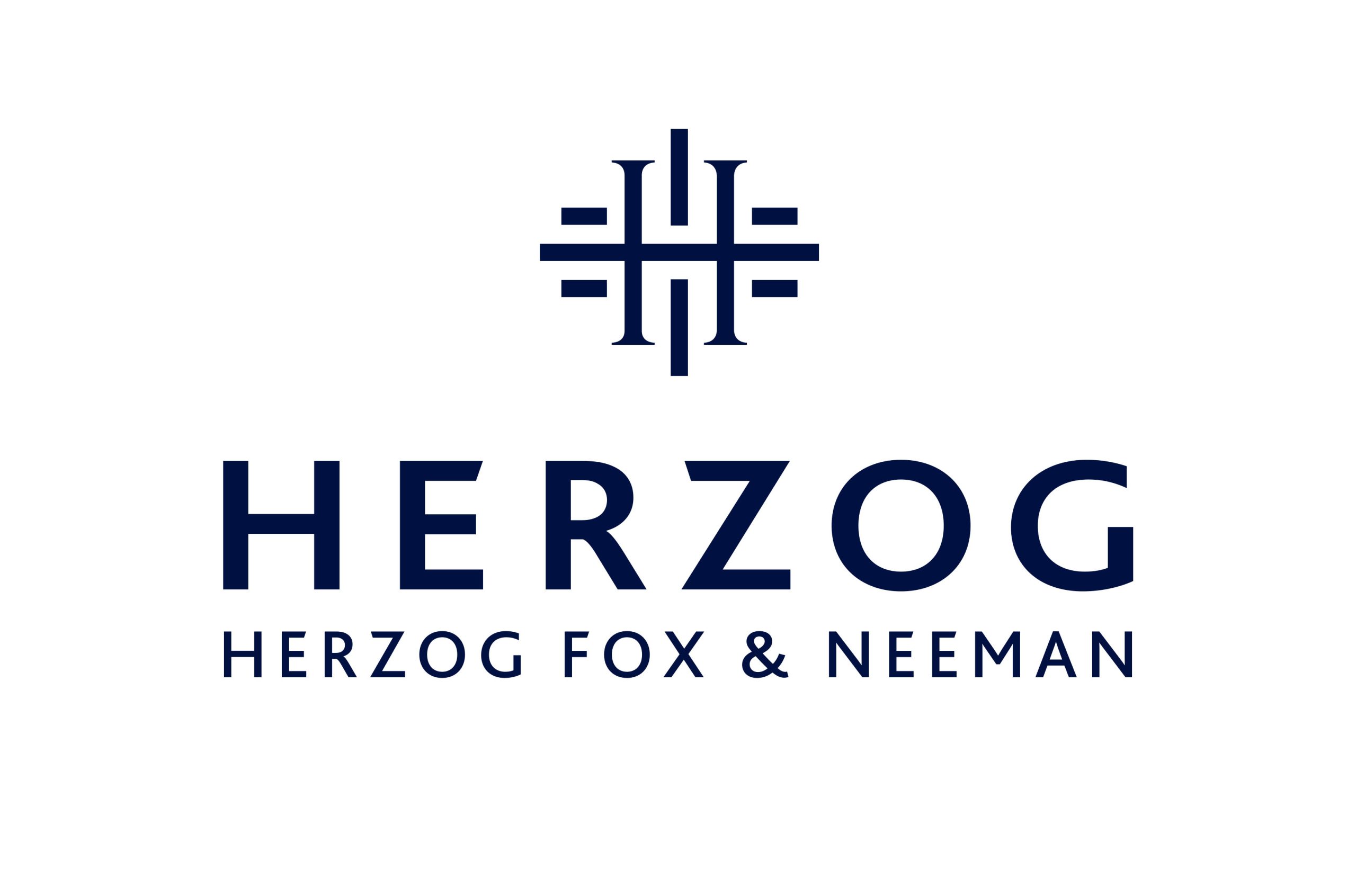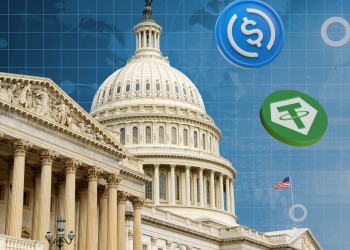Age Verification Rules Intensify: Key Implications for Developers and App Stores
17 April 2025
In the past year there has been a clear trend toward stricter online child protection laws, particularly in the US where a wave of multiple states has floated age-verification bills, and lawmakers at the federal level have introduced several bills to address social media and app age gating. Similarly, in the UK and EU, regulators have been considering regulations to mandate age assurance for certain online services, and Australia passed a law setting a minimum age for social media accounts.
In this heavily tensed regulatory environment, Utah became the first US state to require app stores and app developers to request and verify user age and obtain parental consent before minors can download, purchase apps, or make in-app purchases. At the same time, Apple has published its policy for Helping Protect Kids Online and demand more transparency from developers.
Key Legal and Regulatory Developments
According to Utah’s App Store Accountability Act, app stores operators (e.g. Apple’s App Store, Google Play) becomes responsible for age checks. The act was signed by the governor and its core provisions take effect on 6 May 2026.
By that date, app stores must implement “commercially reasonable” age verification for any user in Utah and link minor accounts to a parent’s account with parental consent before a download is allowed. Notably, the obligation is mainly on the store, however developers are still under certain obligations, including, verifying and recording age category and parent’s consent was obtained through the app store. Failure to do so could result in an app being pulled from the Utah market or liability.
Utah’s law forbids app stores and developers from enforcing commercial terms against minors without parental consent potentially nullifying end user license agreement with underage users. Having said this, it is worth mentioning, that while developers need to work hand in hand with app stores to verify user age and obtain parental consent in Utah, they enjoy a safe harbor if they demonstrate good faith on relying upon the app store’s age information and consent mechanisms.
The act prescribes steep penalties for noncompliance up to $1,000 per violation, with a private right of action for Utah residents against app store provider and developer.
Apple’s Helping Protect Kids Online Policy
In parallel, Apple is rolling out new changes to enhance child safety and privacy, including inter alia: (1) a real emphasis for developers to accurately disclose the presence of sensitive content or features (e.g., user-generated content, ads, in-app purchases) during app submission; (2) the possibility for parents to share a child’s age range (e.g., 9–12) with developers via Declared Age Range API serving as an additional resource to provide age-appropriate content and avoiding disclosure of exact birthdates; (3) the creation of new age rating system by end of 2025 to add more granular age categories (13+, 16+, 18+, in addition to 4+ and 9+); and (4) the implementation of stricter app store filters for apps exceeding parental age settings that would be hidden from kids’ browsing.
Apple has stated it will reject or remove apps with misleading or inaccurately reported age ratings.
More concretely, for developers this means that they will need to (1) ensure accurate feature disclosures such as the presence of user-generated content, ads, proof of age or parental controls; (2) reassess the content produced within their apps to align with Apple’s new age-rating categories; (3) leverage tools like the new Declared Age Range API to ensure age-rating accuracy; (4) maintain appropriate internal records; and (5) ensure compliance with applicable data protection laws (COPPA, GDPR, US privacy laws).
Developers that take these steps now will be better positioned to avoid disruptions or liability. By reviewing your internal processes, policies, and procedures to align with the new requirements, you can reduce the risk of enforcement actions (such as app removals, fines, or lawsuits).
Feel free to contact us if you have any questions regarding how to update your compliance frameworks in line with above.





